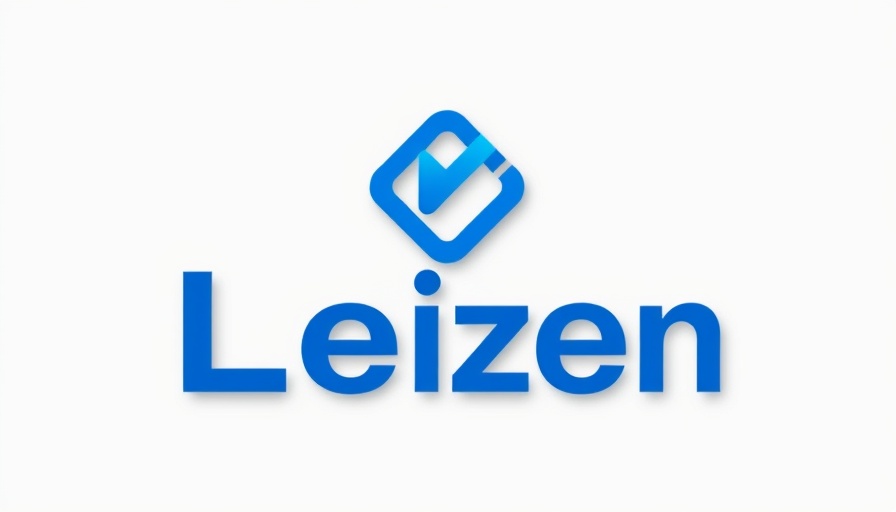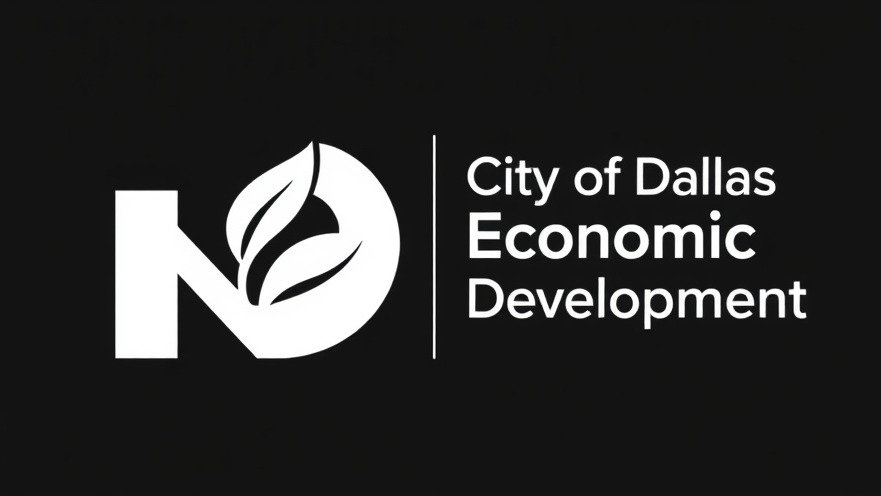
Understanding the Role of Mixed-Income Apartments in Dallas' Urban Landscape
The City of Dallas is taking significant strides in promoting affordable housing through the development of mixed-income apartments, particularly within Tax Increment Financing (TIF) Districts. These TIF Districts are critical as they utilize funds collected from local property taxes to finance projects that revitalize and develop infrastructure in designated areas.
What Are TIF Districts and their Importance?
TIF Districts are established by local governments to stimulate economic growth in certain areas by redirecting tax revenues generated from increased property values back into the district. With a focus on community improvement, Dallas uses these funds to support various developments, including the construction of mixed-income housing. As a result, new residential projects are required to include affordable housing units, specifically designed for households earning no more than 80% of the Area Median Family Income (AMFI).
Key Features of Mixed-Income Apartments
The primary objective of these mixed-income developments is to create diverse neighborhoods where residents of different socioeconomic backgrounds can live together. By capping rents at 30% of the AMFI, these apartments ensure that affordability remains a critical aspect of Dallas’s housing strategy. It provides a valuable opportunity for low-to-moderate-income families to reside in desirable areas that they might not otherwise be able to afford.
The Impact on Local Communities
Incorporating affordable units enhances community stability and social connectivity. Residents can benefit from localized amenities while contributing to the local economy, fostering a spirit of collaboration among diverse groups. Furthermore, addressing housing challenges in Dallas aligns with the larger economic development goals, such as enhancing workforce stability, increasing education access, and improving public safety.
Challenges and Opportunities for Entrepreneurs in Dallas
While mixed-income apartments promote social equity, there are inherent challenges. Developers must navigate regulatory frameworks and community expectations, which can be complex. However, this landscape also presents considerable opportunities for local entrepreneurs. For those interested in breaking into the real estate market or innovating within the housing sector, the growing demand for affordable housing solutions is an open invitation.
As Dallas entrepreneurs gear up to lead new initiatives, they can leverage resources from various organizations, including the Dallas Chamber of Commerce and local business incubators. These institutions focus on supporting startups and small businesses, offering invaluable advice on funding, management, and marketing strategies.
The Future of Mixed-Income Living in Dallas
Looking ahead, the push for mixed-income apartments in TIF Districts reflects a broader trend towards inclusivity in housing. As urban centers continue to grow, the demand for affordable options will only increase. Stakeholders must remain vigilant in advocating for policies that prioritize sustainability while accommodating the diverse needs of the population.
Conclusion: How You Can Get Involved
For residents and community members wanting to engage with this evolving landscape, consider reaching out to local housing authorities or nonprofit organizations focused on housing development. Participating in community forums or public meetings also serves as a platform for voicing opinions on planning and development initiatives.
Getting involved not only helps shape the community but also ensures various voices are heard in the conversation surrounding Dallas’s housing future. Now is the time to advocate for accessible living while exploring entrepreneurial ventures within this transformative environment.
 Add Element
Add Element  Add Row
Add Row 



Write A Comment